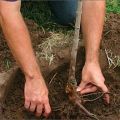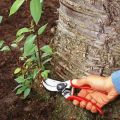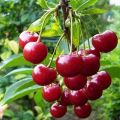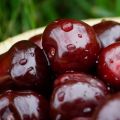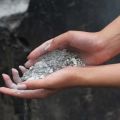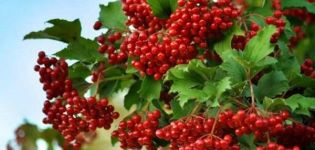Description of the Sania cherry variety and characteristics of the tree and fruits, cultivation and care
Early ripening times, excellent taste of berries are the hallmark of the Sania cherry variety. Many gardeners successfully grow a crop, convinced of the correctness of the choice - the tree never fails, responsive to the care of the owners. In order to avoid mistakes, it is recommended to carefully read the agricultural technique, the rules of care, to find out which enemies threaten the plant.
Description
Sania is one of the early-fruiting cherries. Fruiting begins at the end of June. A distinctive feature of the variety is good frost resistance, the plant easily tolerates frosts. The description of the variety can be extended by the terms of fruiting. After planting, the first berries appear in 3-5 years. Residents of the southern regions will wait for fruiting much earlier - 2 years after planting.The culture is self-pollinated - you won't have to plant other varieties nearby.
Characteristics of the tree and fruit
The tree of the variety is low, the maximum height is up to 3 m. The crown is compact, rounded. The bark of a young plant is grayish, after maturation it acquires a dark shade.
New shoots appear every year, so you will have to prune. Shoots often appear, which are recommended to be removed.
The fruits are claret, weighing up to 4 g. The taste is sweet, the sourness is felt only in unripe berries. It is easy to separate the bone.

Landing rules
Basic requirements for planting Sania cherries:
- illuminated place;
- lack of wind, drafts;
- deep groundwater;
- soil with low acidity.
Be sure to put a drainage layer when planting (expanded clay, ceramics, broken brick). When planting, add organic matter, mineral compounds. Supplement scanty soils with humus, compost.
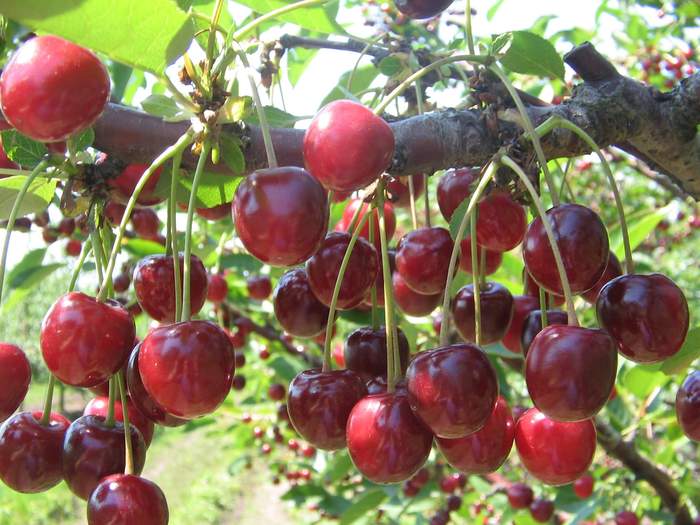
Care
Sania to care is quite undemanding. We'll have to follow the rules of watering, watch for the appearance of pests, disease damage. Pruning is another mandatory item of agricultural technology that will have to be strictly observed.
Watering
Do not spoil the tree with watering, add water as needed only in hot summer. Pay special attention to moisture before flowering, during the period of ovary formation. One adult plant requires up to 25 liters of liquid, previously infused in the sun.

Top dressing
On scanty soils, you will have to regularly pamper the plant with nutrients. For cherries, it is recommended to use complex dressings. If the soil composition is not too depleted, organic matter will help. A mulching layer of rotted manure and compost, laid in autumn, will saturate the soil with nutrients and protect it from frost.
Pruning
Start pruning the next year after planting a young tree. Part of the main trunk is usually removed. In the second year after planting, shorten old shoots, allowing young branches to develop. After the fourth year, only old branches affected by diseases or damaged by the wind, severe frosts are removed.
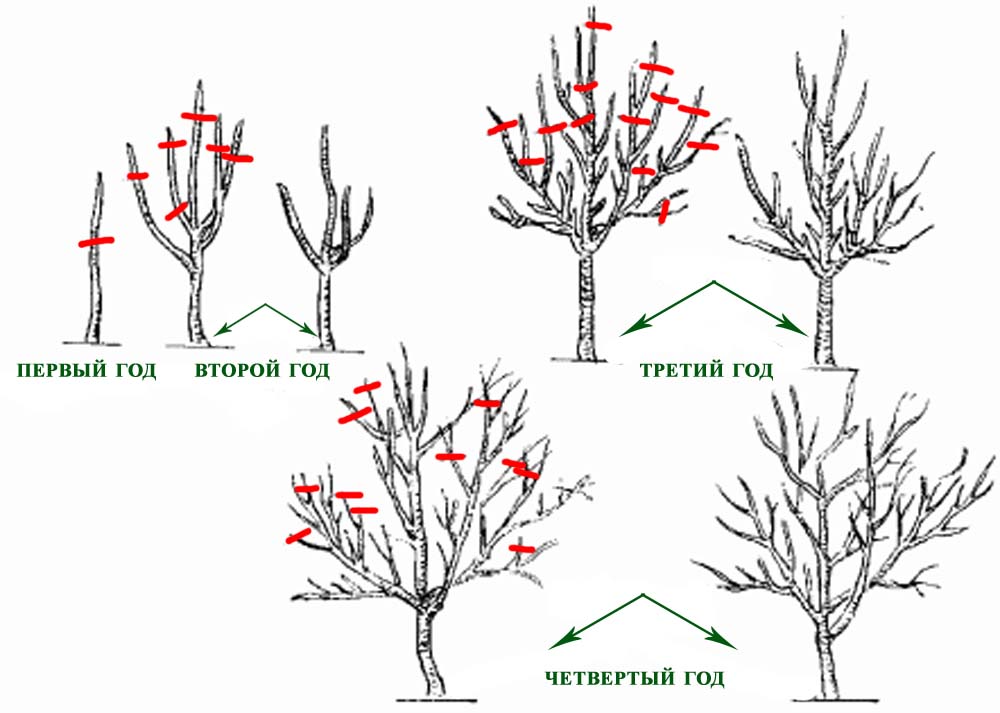
Pests and diseases
Sania quite often suffers from fungal diseases. Coccomycosis provokes improper watering - an abundant application of liquid. Use copper sulfate or copper-based preparations. Leaves should be irrigated before the formation of the ovary or after harvesting.
In case of moniliosis (twisting and drying of leaves, fruits), it is recommended to carry out a cardinal pruning - to remove all affected branches. After removing the shoots, irrigate with "Horus" or "Fundazol". It will take 3 treatments at intervals of one week.
Pests on cherries are extremely rare. Chemicals will help completely eliminate insect damage to the tree - preventive treatment with insecticides can save the plant. Folk remedies will also be useful - regular spraying with ash infusion will make cherries unattractive to pests.
Cherry Sania is a tree that does not require much attention. Observing the simple rules that are familiar to every gardener (watering, feeding, pruning), it will turn out to grow a large tree, which annually presents sweet juicy fruits.

